Photos: 'Hat'-Wearing Ancient Slug May Explain Mollusk Family Tree
Mollusk Family
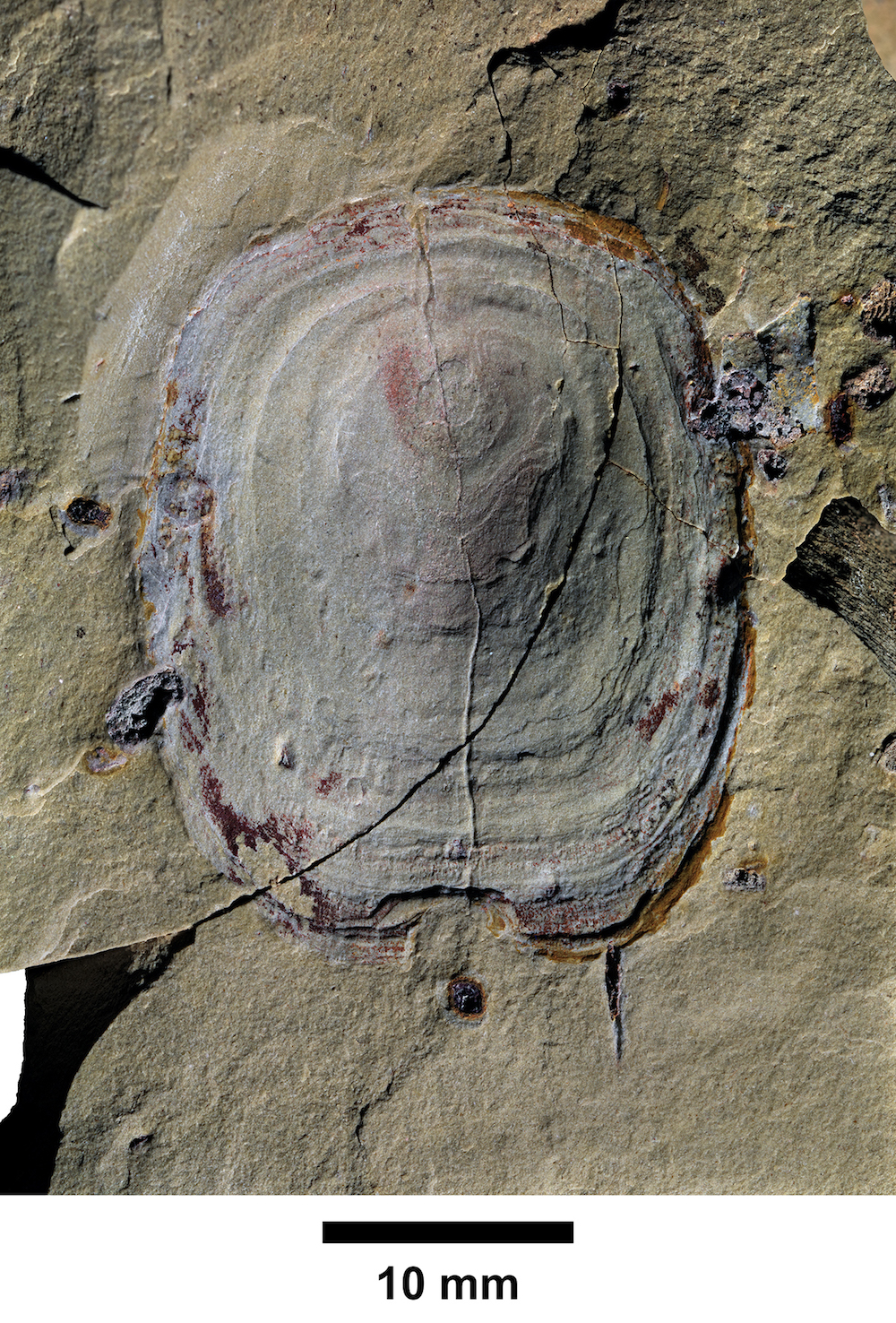
The mollusk family tree has mystified scientists for decades. The mollusk group includes a diverse group of marine and land animals, including the octopus, clam and snail. Now, a fossil discovery in Morocco suggests that all mollusks descended from a mollusk with a single shell, much like the tiny, 478-million-year-old worm with a small, hat-like shell on its head. [Read the full story on the ancient mollusk]
Armored worm
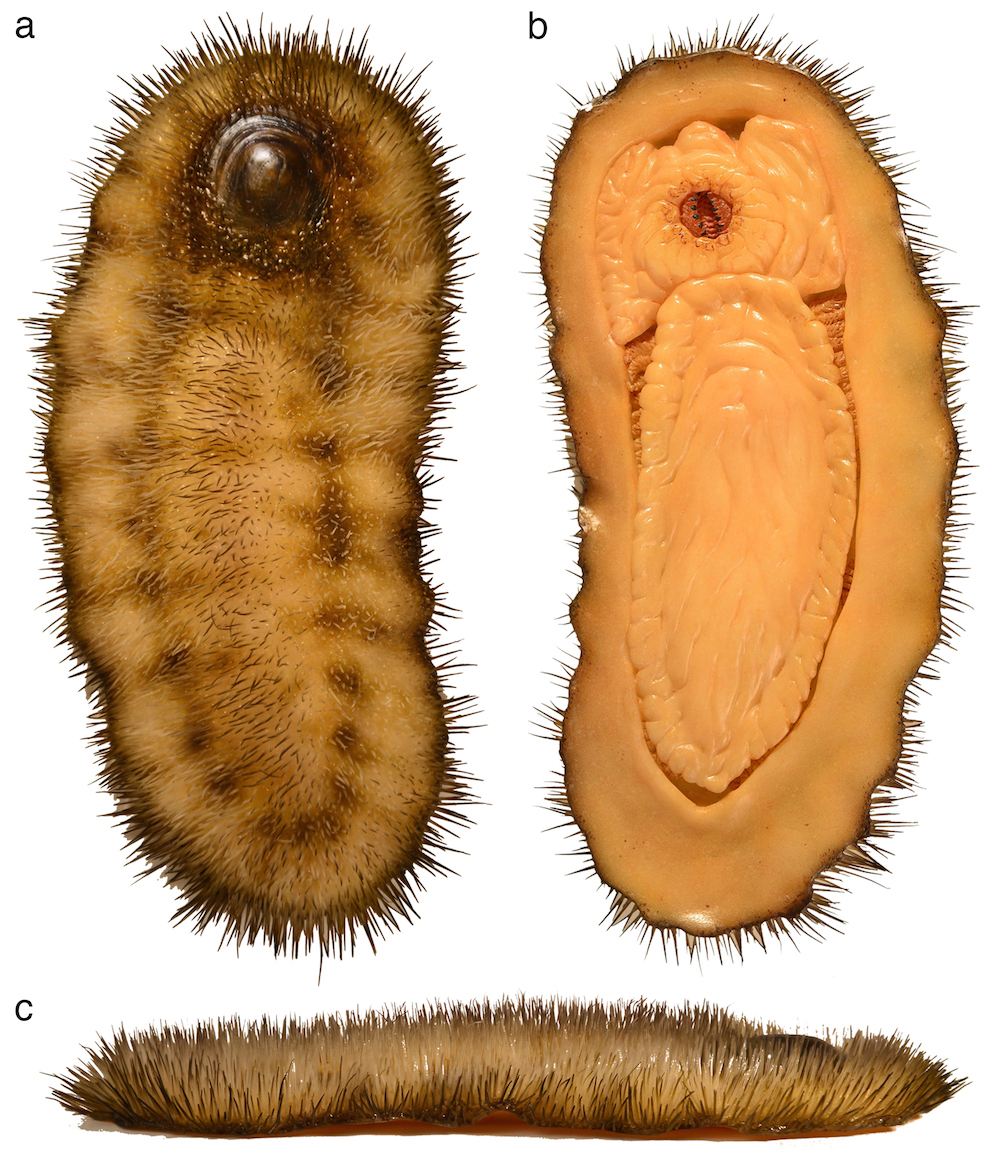
This model, made out of clay, shows the 478-million-year-old armored worm. Notice the black hat-like shell on its head. Spikes covered the top of its body (A and C), and a muscle helped it move around (B), the researchers said.
Colorful fossil
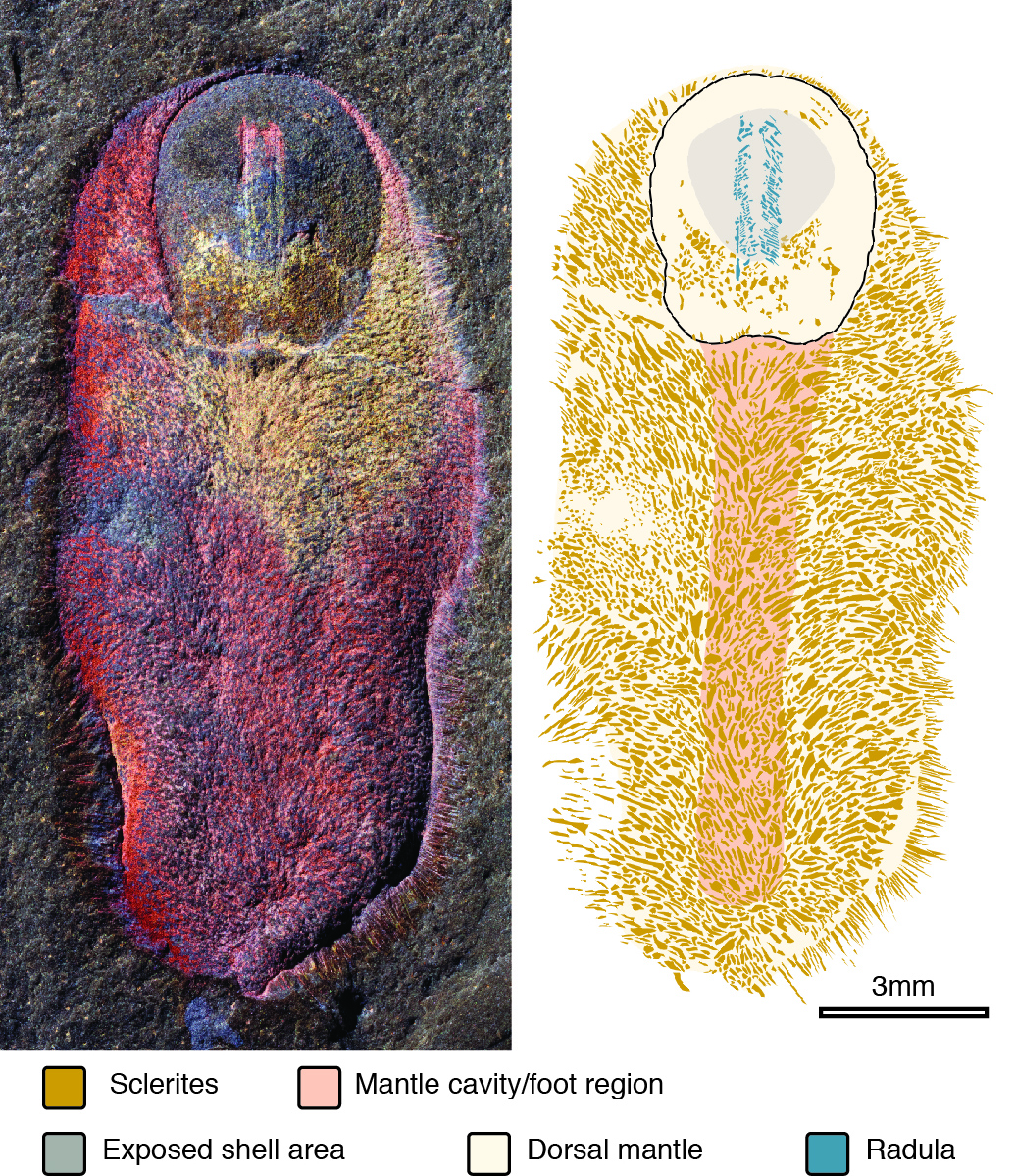
A detailed fossil of the newfound species, Calvapilosa kroegeri, next to an illustration of the creature. Notice the imprint of the radula — a conveyor-belt-like structure with teeth — at the top of the fossil.
Partial specimen
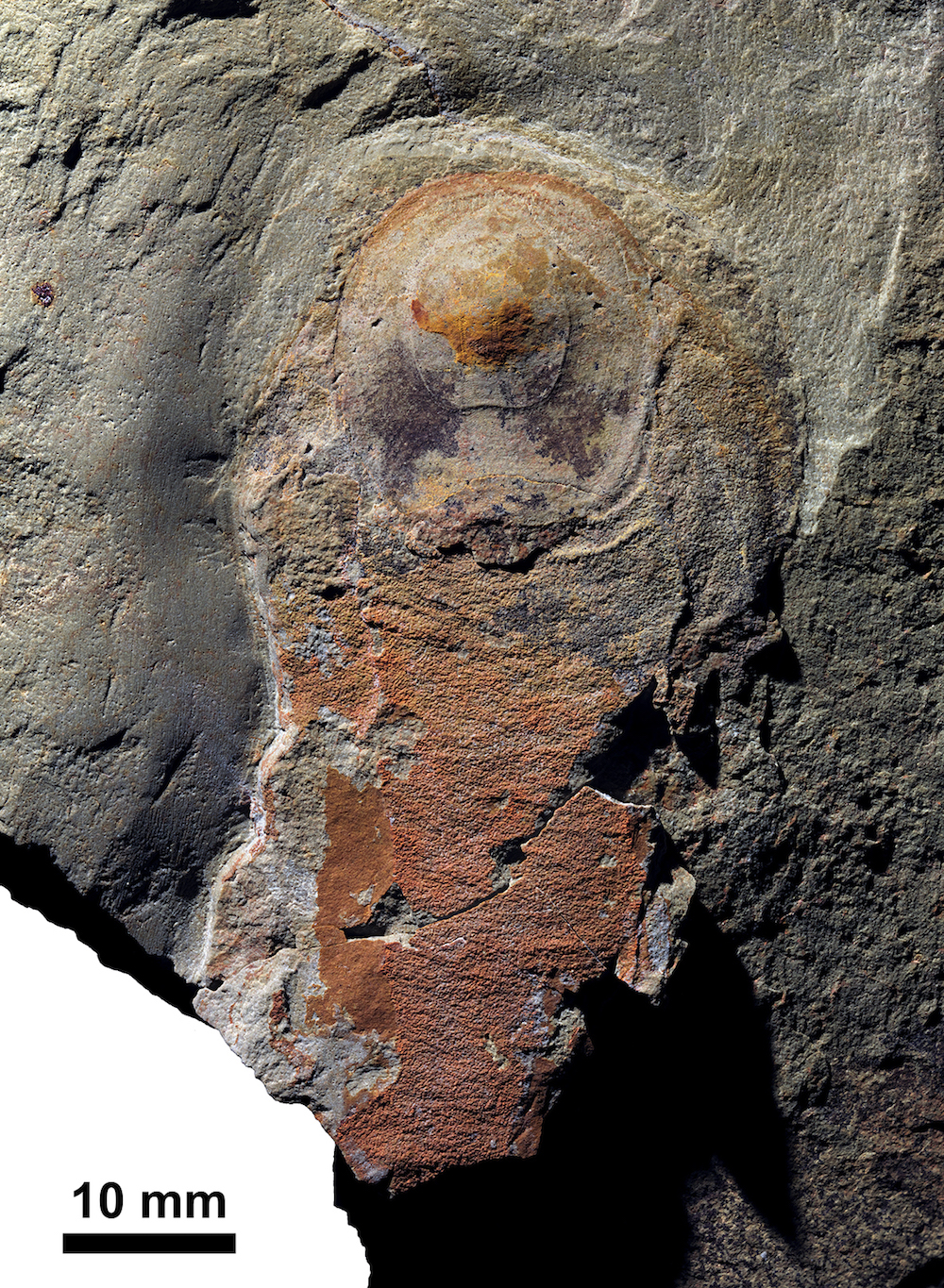
A partial specimen of Calvapilosa kroegeri. The fossils from Morocco are colorful because they're preserved as iron pyrite, which changes color when it interacts with water and its surrounding environment.
Just the shell

An isolated shell of a Calvapilosa kroegeri specimen. Mohamed ‘Ou Said’ Ben Moula, a fossil collector in Morocco, discovered these fossils in the Fezouata Biota in the late 2000s.
Tiny teeth
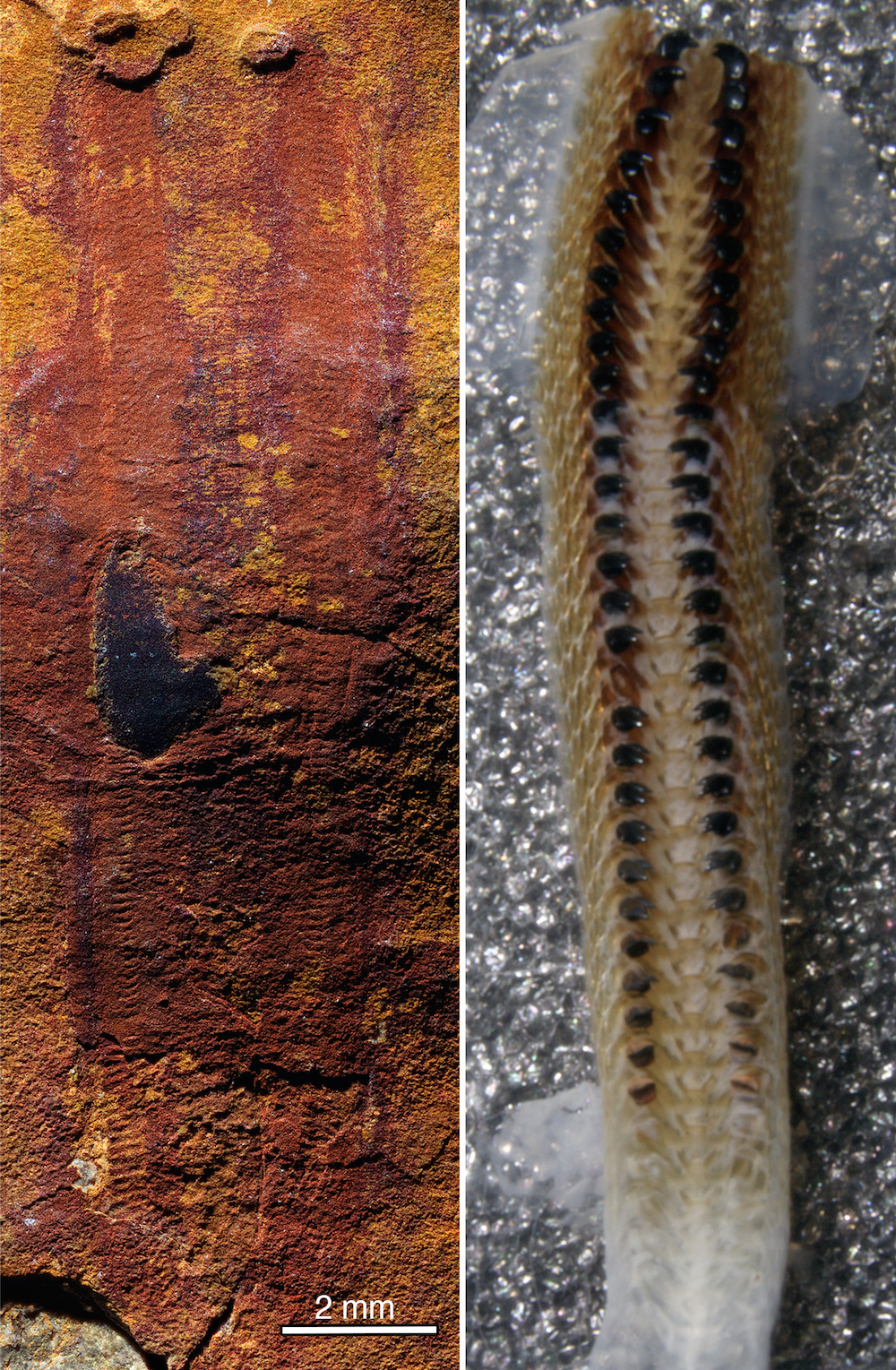
A comparison of the fossil radula of Calvapilosa kroegeri (left) and a modern mollusk (right) known as a chiton. Modern mollusks, such as snails, use their radula to scrape algae and organic matter off of surfaces. It's possible that the ancient mollusk fed on similar food with its radula.
Magnified radula
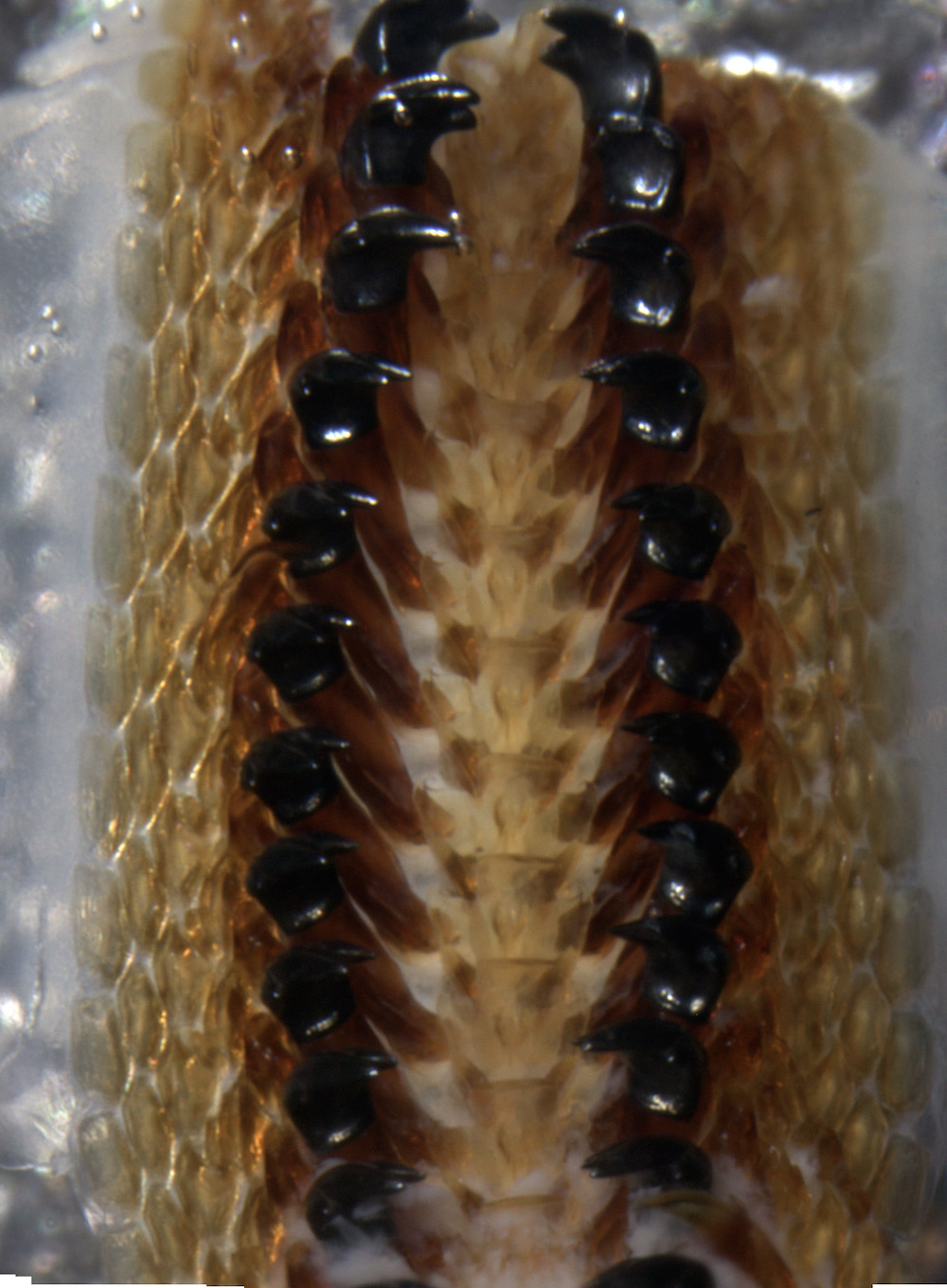
This magnified image shows the radula of a chiton, a modern-day mollusk with eight-armored shells on its back. Out of the seven specimens of the newfound Calvapilosa kroegeri mollusk, only two had completely preserved bodies. These detailed specimens, which included the radula, helped the scientists determine that C. kroegeri was the distant relative of today's mollusks.
Sign up for the Live Science daily newsletter now
Get the world’s most fascinating discoveries delivered straight to your inbox.
Family tree

A newly revised family tree for the mollusk family — notice the Calvapilosa branch in the section second to the right. [Read the full story on the ancient mollusk]

Laura is the archaeology and Life's Little Mysteries editor at Live Science. She also reports on general science, including paleontology. Her work has appeared in The New York Times, Scholastic, Popular Science and Spectrum, a site on autism research. She has won multiple awards from the Society of Professional Journalists and the Washington Newspaper Publishers Association for her reporting at a weekly newspaper near Seattle. Laura holds a bachelor's degree in English literature and psychology from Washington University in St. Louis and a master's degree in science writing from NYU.









